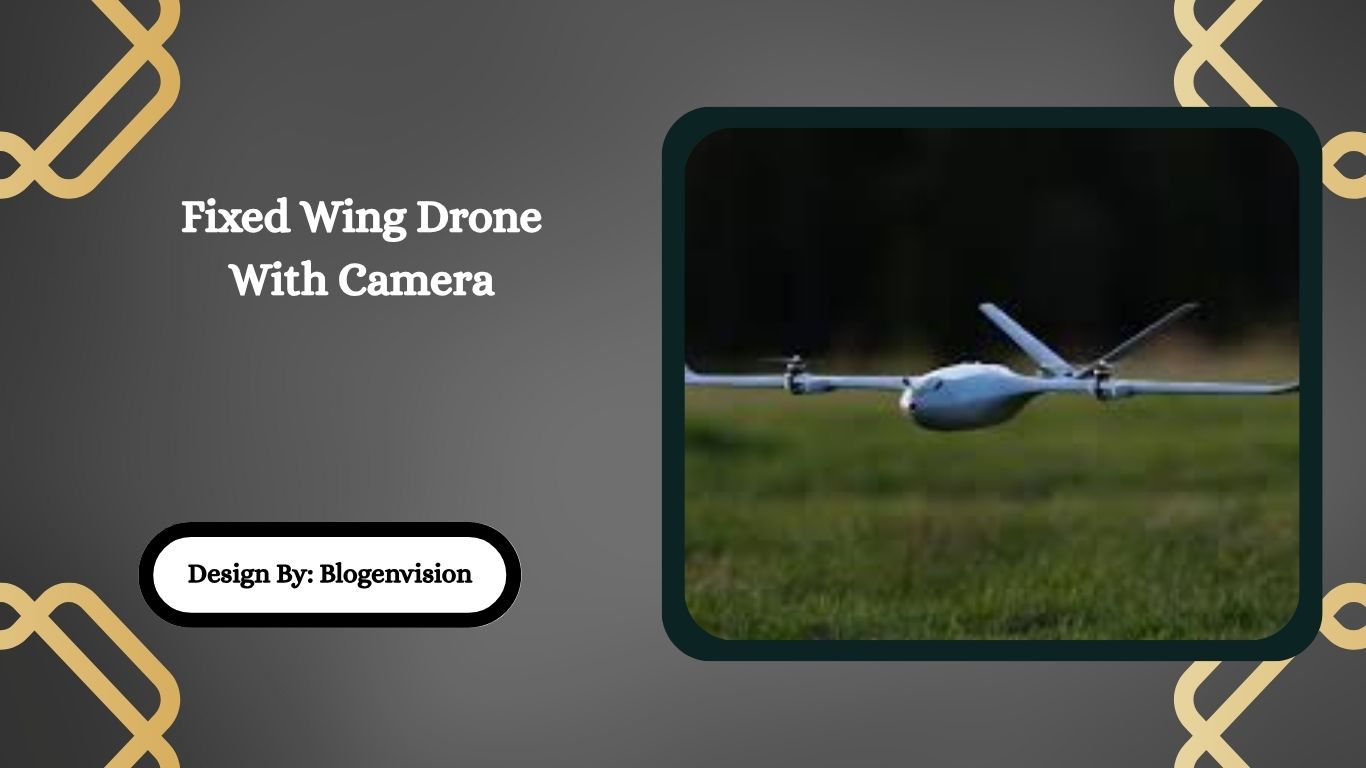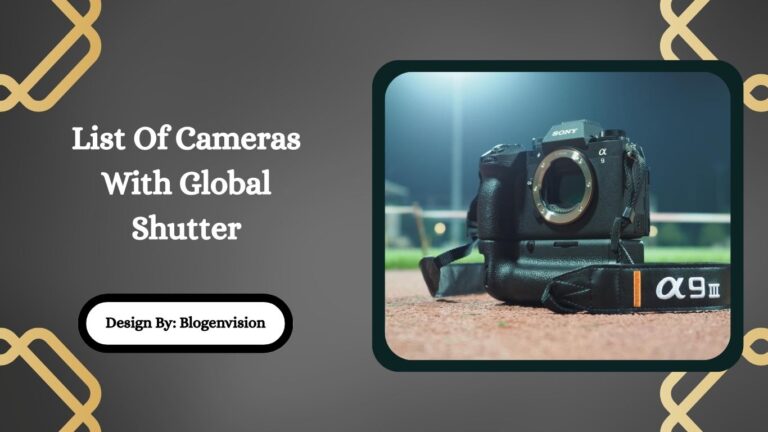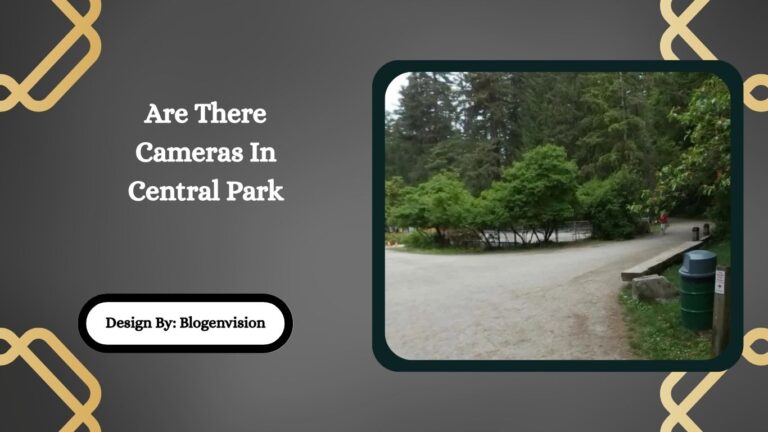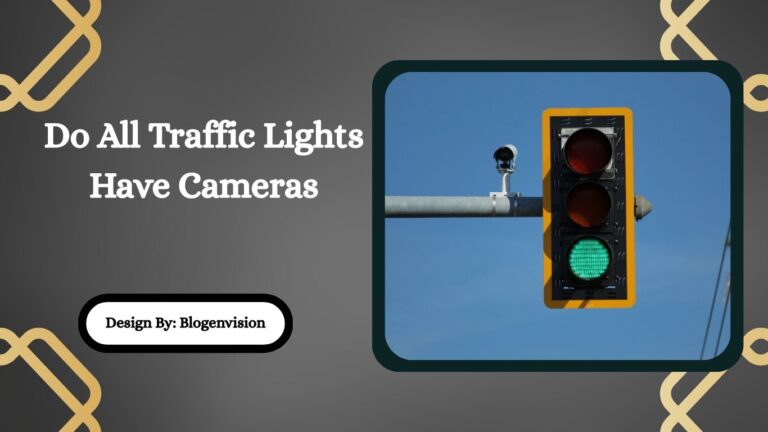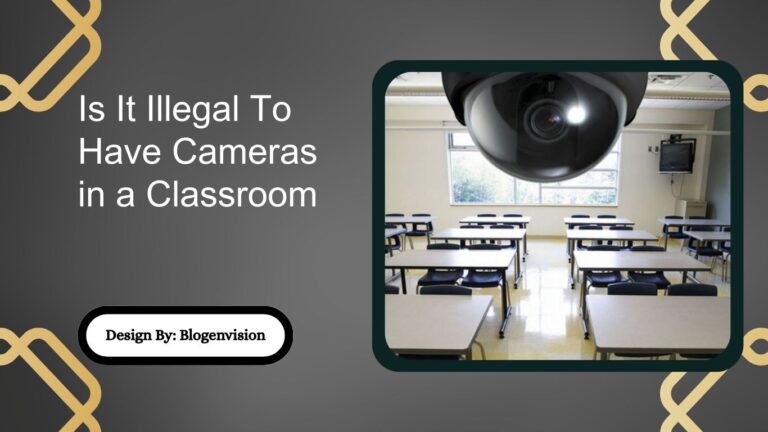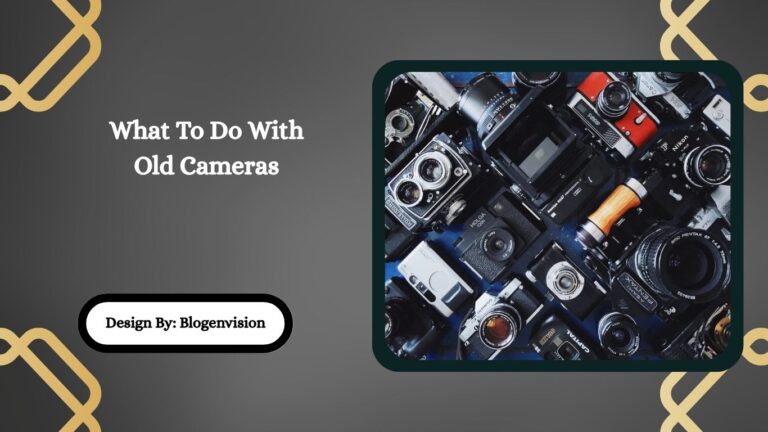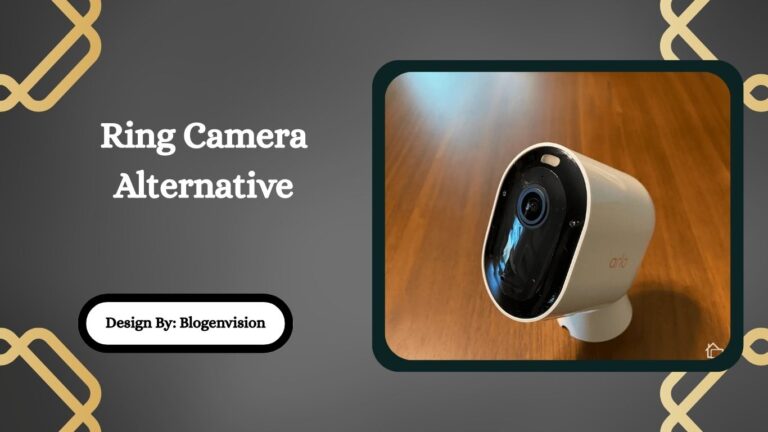Fixed Wing Drone With Camera – Ultimate Guide for Aerial Photography!
Fixed wing drones with cameras offer long flight times, wide coverage, and high-quality data capture, making them ideal for mapping, agriculture, and industrial applications where endurance and precision are critical.
In the fast-evolving world of drone technology, fixed wing drones with cameras are setting new standards in long-range surveillance, mapping, agriculture, and cinematography. Unlike multirotor drones, fixed wing drones offer extended flight time, greater coverage, and more stable data collection—making them ideal for professional and industrial use.
Whether you’re a drone enthusiast, a surveyor, a filmmaker, or a business owner exploring aerial solutions, this in-depth guide will help you understand everything about fixed wing camera drones and how to choose the right one.
What Is a Fixed Wing Drone?
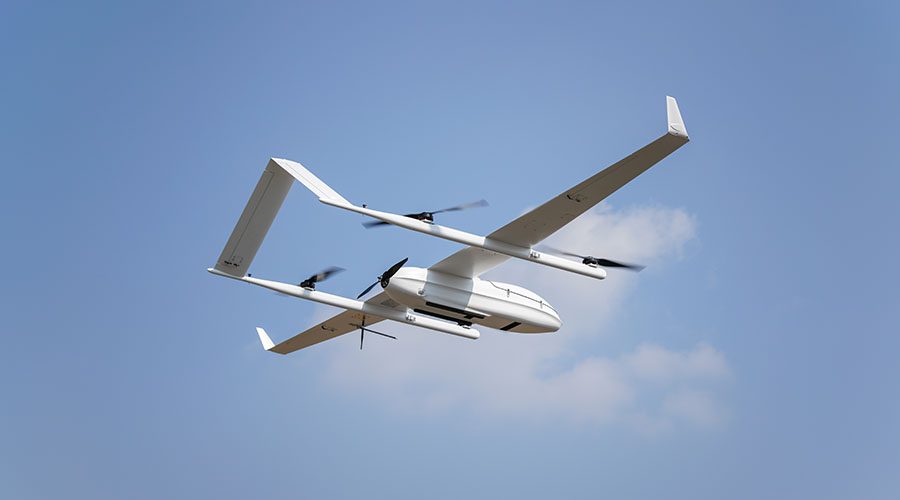
A fixed wing drone is an unmanned aerial vehicle (UAV) that uses wings, similar to airplanes, to generate lift. Instead of hovering like quadcopters, fixed wing drones glide forward to stay airborne, which allows for longer flight times and greater coverage areas.
Key Characteristics:
- Wing-based lift (like airplanes)
- Forward motion required to fly
- Typically has longer range and endurance
- Less maneuverable than multirotor drones
- Launch via hand throw or catapult, landing via belly land or parachute
Why Choose a Fixed Wing Drone With Camera?
When paired with advanced cameras, fixed wing drones become powerful tools for:
| ✅ Application | 📍 Use Case |
| Aerial Mapping | Large land area surveys, topography, and GIS |
| Agriculture | Crop health monitoring, NDVI imaging |
| Surveillance | Border patrol, pipeline inspection, search & rescue |
| Filmmaking | Wide sweeping cinematic shots |
| Wildlife Monitoring | Observing without disturbing nature |
| Environmental Studies | Deforestation, water quality, and disaster assessment |
Fixed Wing vs Multirotor Drones: A Quick Comparison
| Feature | Fixed Wing | Multirotor |
| Flight Time | 45–120+ minutes | 20–30 minutes |
| Range | Up to 100 km | Typically under 10 km |
| Coverage | Large area | Small, precise area |
| Maneuverability | Moderate | Excellent |
| Payload Capacity | Higher | Lower |
| Launch | Catapult/hand throw | Vertical take-off |
| Landing | Belly land/parachute | Precise land |
Best For: Fixed wing drones are ideal when you need long endurance, linear flight paths, and large area data capture.
Types of Cameras Used in Fixed Wing Drones
1. RGB Cameras
- Standard visual imaging
- Useful for orthophotos, 2D mapping, and video
- High resolution (20MP+)
2. Multispectral Cameras
- Captures multiple light bands
- Used in agriculture, forestry, and vegetation studies
3. Thermal Cameras
- Detects heat signatures
- Useful in surveillance, rescue missions, and energy inspections
4. LiDAR Systems
- 3D laser scanning system
- Perfect for topography, terrain modeling, and mining
Top Features to Look for in a Fixed Wing Drone With Camera
When shopping for a fixed wing drone, consider these key features:
- Camera resolution (at least 20MP for mapping)
- Flight time (45–90 minutes or more)
- Range (10–100+ km depending on use)
- Autopilot system with waypoint navigation
- Payload capacity (for additional sensors or dual cameras)
- GPS + RTK/PPK support for accurate geotagging
- Durability and weather resistance
Best Fixed Wing Drones With Camera in 2025
Here are some top-rated models currently on the market:
1. SenseFly eBee X
- Flight Time: Up to 90 minutes
- Camera: Multiple options (S.O.D.A. 3D, multispectral, thermal)
- Range: 8–10 km
- Use Case: Agriculture, mapping, mining
2. Quantum Systems Trinity F90+
- Flight Time: Up to 90 minutes
- Camera: RGB + multispectral + LiDAR options
- Range: 7.5 km (extendable)
- Use Case: Surveying, engineering, defense
3. Parrot Disco-Pro AG
- Flight Time: 45 minutes
- Camera: Parrot Sequoia multispectral sensor
- Use Case: Precision agriculture
4. WingtraOne GEN II
- Flight Time: Up to 60 minutes
- Camera: 42MP full-frame Sony RX1R II
- Use Case: High-precision aerial mapping, photogrammetry
Unique Use Cases of Fixed Wing Drones With Camera
1. Disaster Response & Relief
Fixed wing drones help cover large disaster zones quickly to locate survivors or assess damage after floods, hurricanes, or earthquakes.
2. Precision Agriculture
Farmers use multispectral fixed wing drones to assess crop health, optimize irrigation, and detect diseases—saving costs and boosting yields.
3. Pipeline and Infrastructure Monitoring
Energy companies deploy fixed wing drones to monitor pipelines, transmission lines, and offshore facilities over long distances.
4. Wildlife Monitoring in Conservation
Fixed wing drones with cameras allow researchers to observe endangered species across wide landscapes without human interference.
Legal Considerations & Licensing
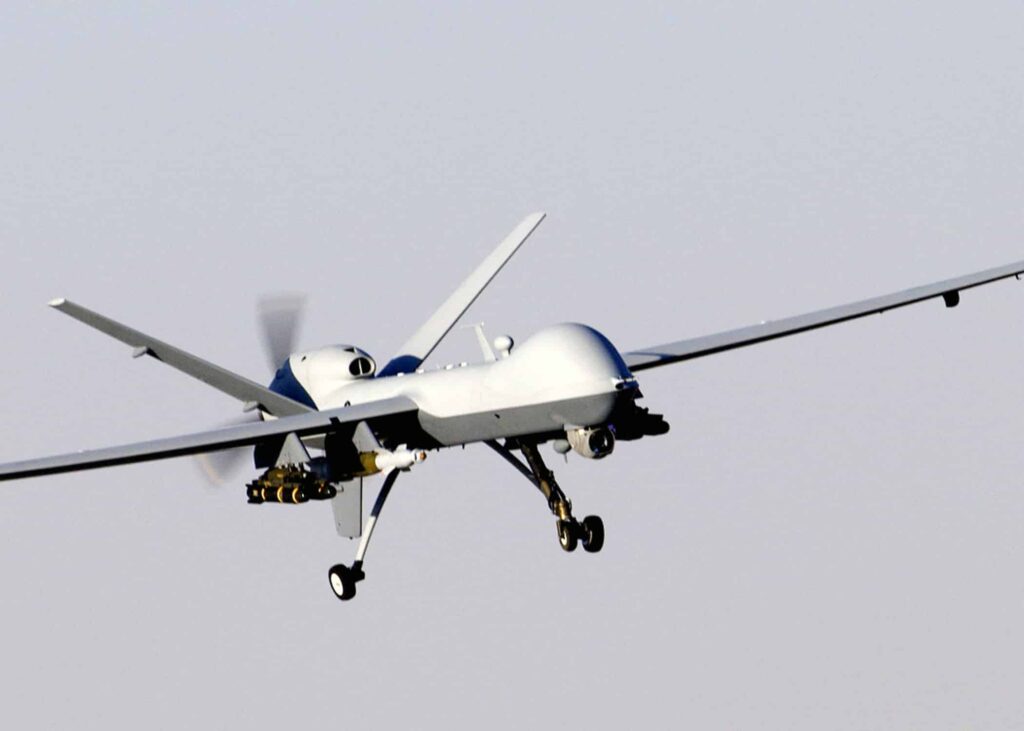
Operating fixed wing drones for commercial purposes typically requires:
- Remote Pilot Certification (e.g., FAA Part 107 in the U.S.)
- Drone Registration
- Flight permissions in restricted zones (near airports or government buildings)
- BVLOS (Beyond Visual Line of Sight) authorization for long-range flights
Check your local aviation authority before launching commercial drone missions.
Industries Benefiting from Fixed Wing Drones With Camera
| Industry | Drone Application |
| Agriculture | Crop analysis, planting, pesticide management |
| Surveying | Topographic mapping, construction progress |
| Mining | Volume measurement, exploration surveys |
| Forestry | Tree counting, wildfire monitoring |
| Energy | Solar farm inspection, pipeline tracking |
| Environmental Science | Coastal erosion, land use studies |
| Defense & Security | Reconnaissance, border surveillance |
Expert Tips for Flying Fixed Wing Drones with Cameras
- Plan Your Flight: Use software like Pix4D or DroneDeploy for autonomous flight paths.
- Check Weather Conditions: Strong winds or rain can drastically affect flight stability.
- Pre-Calibrate Sensors: Especially important for mapping and photogrammetry missions.
- Use Safety Features: Set auto return-to-home (RTH) and geofencing limits.
- Practice Takeoffs & Landings: Fixed wing drones require space and skill for smooth landings.
Fixed Wing Drone Equipment Checklist
| Item | Description |
| Drone & spare wings | Main equipment and replacements |
| Extra batteries | For extended missions |
| Camera(s) & gimbal | Imaging hardware |
| Ground control station | Mission control hardware or tablet |
| Launch catapult or hand gloves | For take-off |
| Data storage device | SD cards or SSDs |
| Weather meter | Wind speed & forecast tracking |
| Repair kit | Glue, tape, and tools for field fixes |
FAQs:
1. Can a fixed wing drone hover like a quadcopter?
No, fixed wing drones require constant forward motion to generate lift. They cannot hover in place and are best used for linear or wide-area coverage rather than point surveillance.
2. Are fixed wing drones harder to fly?
They have a steeper learning curve than quadcopters. However, most come with autopilot features and flight planning software to automate missions, making them easier to operate with some practice.
3. Can fixed wing drones carry heavy cameras?
Yes, they generally have a higher payload capacity compared to multirotors. They can carry large sensors like LiDAR or full-frame DSLR cameras depending on the model.
4. How are fixed wing drones launched and landed?
They’re launched by hand, catapult, or runway. Most land via belly landings on soft surfaces or with parachute systems. VTOL (Vertical Take-Off and Landing) models simplify this process.
5. Is a fixed wing drone better for mapping?
Yes. For large-scale mapping projects, fixed wing drones are superior due to their longer flight times, efficient coverage, and ability to fly linear paths with minimal battery use.
Conclusion:
A fixed wing drone with a camera is a powerful tool for aerial professionals who need endurance, precision, and wide coverage. Whether you’re surveying farmland, mapping a mining site, or capturing cinematic aerial footage, fixed wing drones deliver impressive results. With improvements in camera tech, flight automation, and payload versatility, these drones are becoming indispensable across many industries. Invest in the right model, understand the regulations, and plan your missions well to get the best return on your aerial investment.

